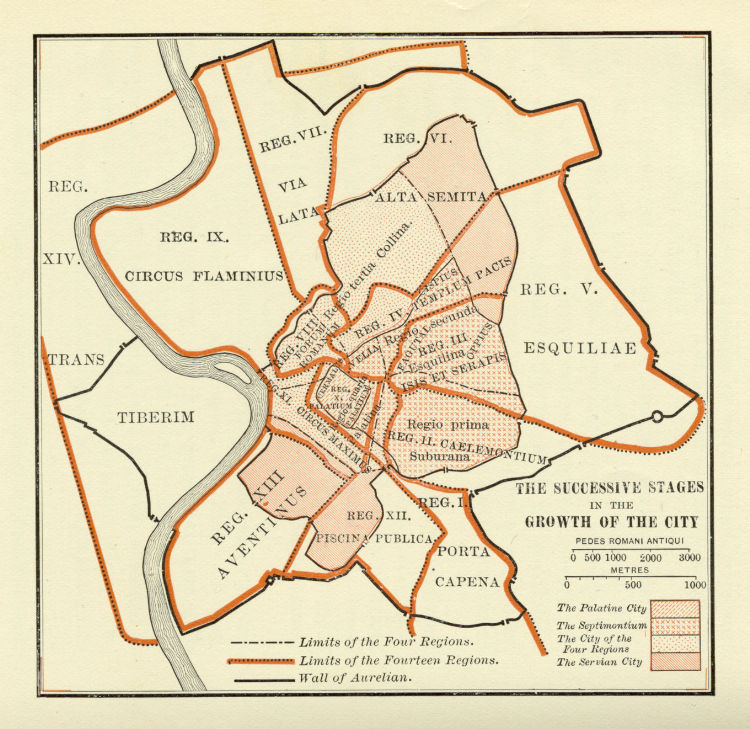The foundation of the Roman Kingdom
The Roman Kingdom (also known as the Roman monarchy or the royal period of ancient Rome) was the first time in Roman history when rulers ruled the city and its area. According to oral histories, the Roman Kingdom began with the formation of towns surrounding the Palatine Hill along the Tiber River in central Italy around 753 BC and ended with the fall of the kings and the establishment of the Republic in 509 BC.
The kings (save Romulus, who held office by virtue of being the city's founder, according to legend) were all elected by the people of Rome to serve for life, with none depending on military power to achieve or retain the throne. The lictors (attendants or servants) brandishing the symbolic fasces bearing axes, the right to sit upon a curule seat, the purple toga picta, scarlet shoes, and a white diadem around the head were the symbols of the kings of Rome. The purple toga picta was the most important of these symbols.
Little is known about the kingdom's history because no records or inscriptions from the reign of the kings have survived. The stories published throughout the Republic and Empire are regarded to be mostly based on oral tradition. In central Italy, the location of the formation of the Roman Kingdom (and later Republic and Empire) featured a ford where one might cross the Tiber. The Palatine Hill and its neighboring hills afforded easily defendable positions in the vast fertile plain. Each of these characteristics led to the city's success.













